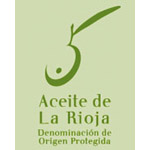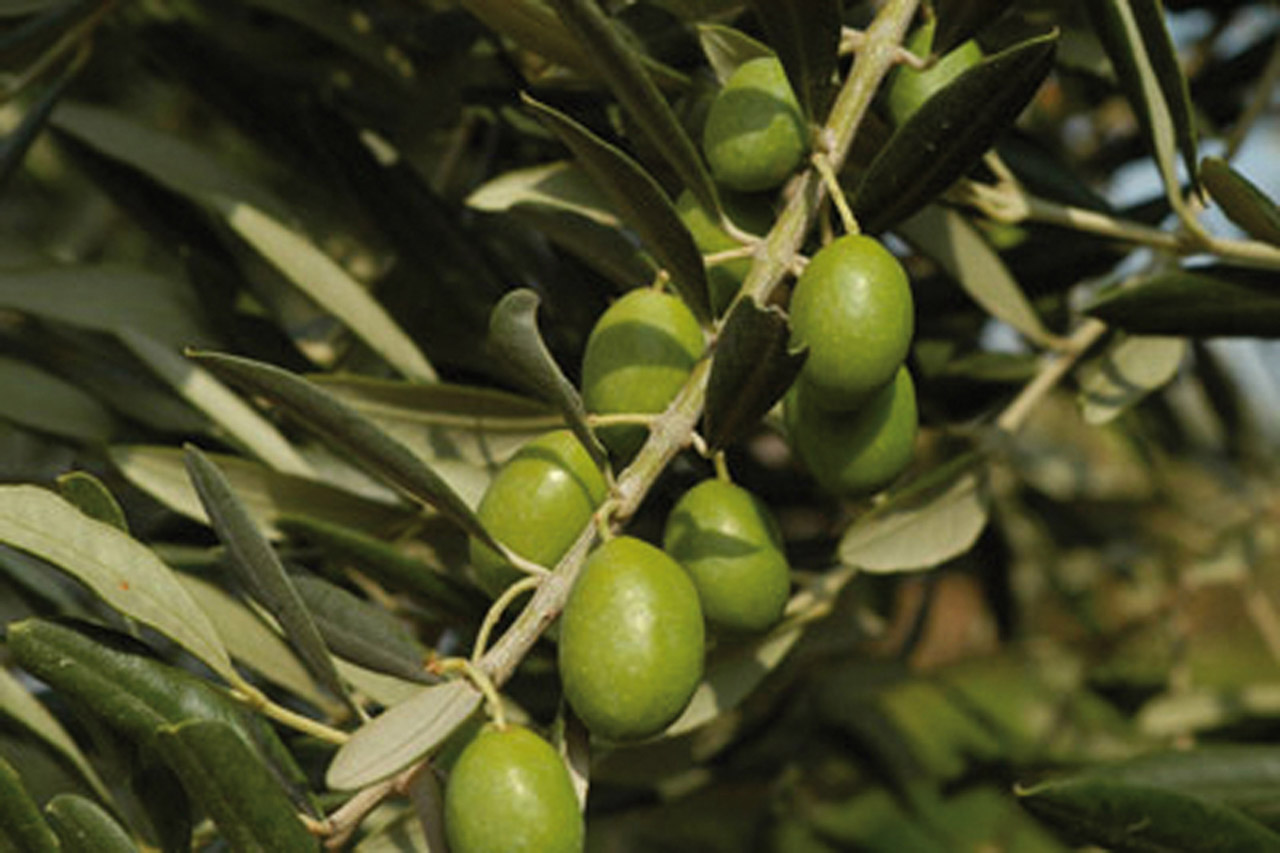Description
The Aceite de la Rioja PDO is an extra virgin olive oil obtained from the following varieties of olive: Redondilla or Redondal, Arbequina, Empeltre, Macho or Machona, Negral, Royal or Royuelo, Hojiblanca, Arroniz, Verdial, Picual, Cornicabra, Manzanilla and Blanqueta.
Production Area
The production area of Aceite de La Rioja PDO is located in the Autonomous Community of Rioja, in northern Spain.
Production Method
The olives are harvested with special care, by selecting the highest quality fruit, ripened to perfection. Pressing cannot take place more than 48 hours after the harvest so that the acidity of the olives remains constant. The oil must be extracted with the application of heat of no more than 30°C during pressing and no more than 45°C during the centrifugation. The oil never undergoes a refining process. It is stored either in stainless steel or ceramic-lined (or other inert material) metal containers. Finally, the oil is stabilised.
Appearance and Flavour
Aceite de La Rioja PDO is transparent, not cloudy and has no residue. The colour varies from pale green to dark green. The flavour is fruity with an almond aroma, slightly spicy and sweet at the same time.
History
The cultivation of the olive in the area where Aceite de La Rioja PDO is made dates back to Roman times, proof of which is the existence of an olive press that was used right up to the 19th century. Over the centuries, the local communities have developed an olive oil with very special qualities and this was what determined the spread of its cultivation; in 1942, the region had 5,780 hectares of olive trees and in the 1960s, olive trees covered 7,000 hectares. However, the following decades saw the introduction of other crops which were considered more financially rewarding. In 1993, the area covered by olive trees reached an all time low, just 2,373 hectares. The turn around began in 2000 thanks to private investors wishing to reestablish this ancient activity.
Gastronomy
Extra virgin olive oil is easily degradable and must be stored correctly to maintain its organoleptic qualities. It should therefore be kept in a cool, dark place at a temperature between 14 and 18°C, away from sources of heat and away from other foods which produce odours. It should be used within four to six months of pressing to enjoy its flavour at its best. Aceite de La Rioja PDO is principally used in the kitchen but it can also be used for massages. It is extremely versatile, suitable for enhancing any number of dishes. It is excellent as a condiment and on cooked vegetables and fish and meat dishes. Since it is made with a variety of olives, it is quite strong flavoured and therefore is more suitable for fuller flavoured dishes.
Marketing
The product is sold as Aceite de La Rioja PDO. It is only sold in bottles or tins in amounts of 0.25, 3 and 5 l.
Distinctive Features
The uniqueness of Aceite de La Rioja PDO must surely come from the Mediterranean climate of the area where the olives are grown together with the morphologic qualities of the soil, which is rich in limestone, clay, silt and sand, with no impermeable layers and little surface humus.







